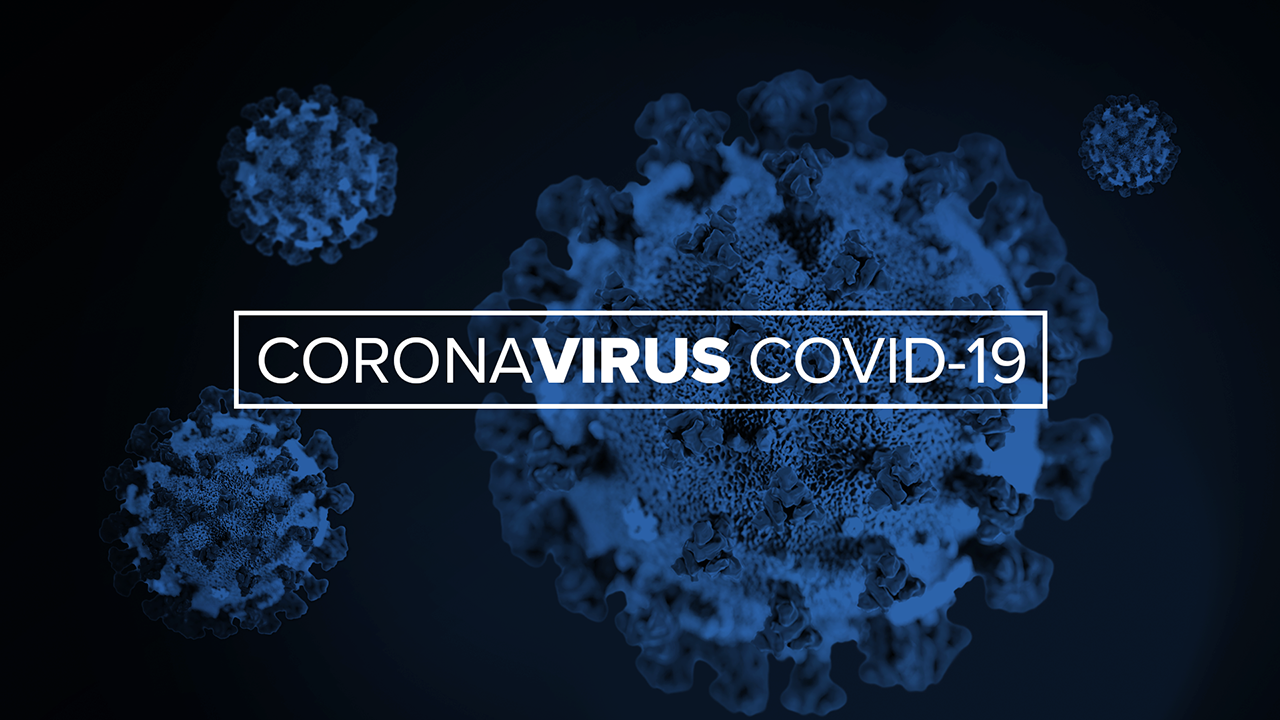COVID-19 cases in the US may be trending in the right direction, but experts say there's still reason to worry.
For one, there are new variants circulating in the US that are threatening another surge and could make even everyday activities more dangerous.
Cases of a variant first spotted in the UK have been detected in at least 28 states, new data from the US Centers for Disease Control and Prevention shows. And Minnesota officials recently announced the first US case of another variant, detected in a traveler from Brazil.
"The variants that have been identified recently seem to spread more easily," CDC Director Dr. Rochelle Walensky said Wednesday. "They're more transmissible, which can lead to increased number of cases and increased stress on our already overtaxed system."
In addition, there are bleak forecasts for virus-related deaths. January has already been the pandemic's deadliest month in the US, with more than 80,000 people lost to the virus. And there could be another 84,000 virus-related deaths by February 20, a CDC ensemble forecast projects.
Moreover, the country is still grappling with vaccine allocation and distribution problems. Onlyabout half the vaccine supply that has been distributed in the US has been administered, federal data shows, and it could be "months" until every American who wants to get the vaccine can, one official said.
Why some vaccines are 'sitting on the shelves'
During a CNN town hall Wednesday,Walensky offered some explanation as to why there is such a huge gap between the number of doses distributed and those administered.
Some of the 47 million doses distributed just arrived in states, while others are still going through a dayslong distribution process to make it to their final destination, she said.
"So, there is some delay from the time that they're distributed and to the time that they could possibly be administered," Walensky said. There's also a delay in reporting the administrations, she added.
"And then there are some doses that we need to make sure, for the four- or five-day window that we give people in order to get their second shot ... we need to make sure that that's available for them when they return for their second shot," she added.
But even with all those factors taken into consideration, there are still some "millions" of doses left "sitting on the shelves," she said.
"That's one of the bottlenecks and one of the ways that we have to get resources to the states, to make sure that they can quickly administer the vaccines that are on their shelves," Walensky said.
Meanwhile, the Federal Emergency Management Agency's draft request for assistance between FEMA and the Defense Department seeking as many as 10,000 service members to support vaccine administration is close to being finalized, an agency spokesperson said.
Service members could be deployed at up to 100 sites nationwide to help boost administrations, the FEMA spokesperson said.
The federal government is also amending rules to help broaden the list of people who can administer vaccines, White House COVID-19 Response Coordinator Jeff Zients said Wednesday.
The Health and Human Services Department "will amend the current Public Readiness and Emergency Preparedness Act -- otherwise known as the PREP Act -- to permit doctors and nurses who have recently retired or become inactive to administer shots and to permit anyone currently licensed to vaccinate in their state to administer shots across state lines," Zients said.
The action, Zients said, will help "get more vaccinators in the field."
Why you need to be cautious even after vaccine
Once Americans do receive both doses of their COVID-19 vaccine, they shouldn't view that as a "free pass" to leave all safety measures behind -- at least not yet -- Dr. Anthony Fauci said Wednesday.
Maximum immunity against the virus begins about 10 days to "two weeks and beyond" after the second dose, Fauci said during CNN's town hall.
But actions such as traveling are still not a good idea.
"If you absolutely have to travel and it's essential, then obviously one would have to do that," he said. "But we don't want people to think because they got vaccinated, then other public health recommendations just don't apply."
That's because, he said, some vaccinated people could still get infected with the virus and could possibly infect others. That's why, he said, people should also still continue to wear masks.
"So, getting vaccinated does not say, 'Now I have a free pass to travel,' nor does it say that 'I have a free pass to put aside all of the public health measures' that we talk about all the time.
CDC: No sign of safety concerns with vaccines
As for the vaccines themselves, here's what scientists know so far.
Severe allergic reactions, known as anaphylaxis, are not a problem, Walensky said.
"Based on our most recent data ... we found that there were 2.1 cases of anaphylaxis per million administered doses of Moderna, and 6.2 cases of anaphylaxis per million doses administered of Pfizer," she said during a White House COVID-19 response team briefing.
"Let me be clear: These are rare treatable outcomes, and the COVID-19 vaccines are safe," she said.
It's also important to put the numbers into context and consider that the risk of getting sick with the virus is "much higher" than the risk of allergy from the vaccine, the CDC director added.
Other mild side effects, like pain in the arm, feeling tired and muscle aches after the shot are "all normal and expected," Walensky said.
"And these symptoms mean that your immune system is revving up and the vaccine is actually working," she added.
The-CNN-Wire™ & © 2021 Cable News Network, Inc., a WarnerMedia Company. All rights reserved.

